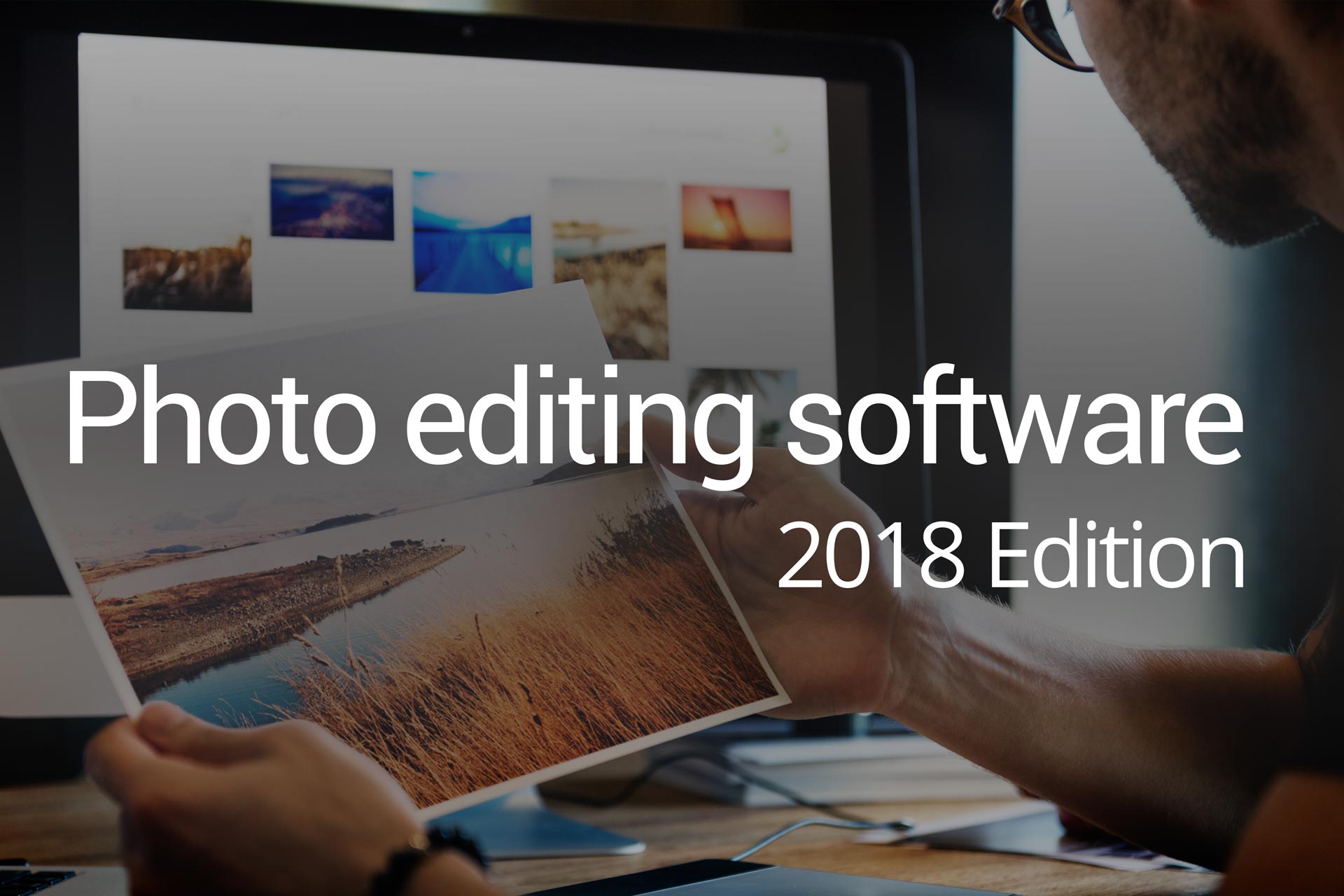There is a great availability of photo editing software these days, both commercial and free or open source ones. The choice boils down to several factors, including quality, platform, cost, specific must-haves, personal alignment with the tool workflow.
While it is practically impossible to explore and deeply review everything that is currently available, I will try and compile a list of the top picks based on personal experience and multiple reviews around the web.
Editors and managers
One first distinction to be made is between photo editors, and photo manager. A photo editor allows you to manipulate the image with tools and effects, transforming the original image into something new. A photo manager instead focuses on a photographer workflow, providing tools to import, catalog, tag, classify, sort and retrieve images based on more or less complex queries. So, while with a photo editor you will be able to enhance the saturation of that sunset, with the photo manager you will be able to retrieve the list of all your images tagged with the keyword “sunset”.
A winning combination though has emerged as well, in products like Apple Aperture and Adobe Lightroom, where they offer both the photo management capabilities, side by side with an editor – although not as feature rich as a dedicated photo editor.
What to chose
Based on my experience as a photographer, you need a photo manager much earlier than you need a photo editor. This is simply because as your image archive grows, it becomes increasingly difficult to retrieve them based on a future need. And with the current combination of management + non-destructive processing, it is a no-brainer to me.
Photo managers
Photo managers have the primary goal to streamline the photographer workflow, from image capture all the way to delivery. There are several steps in between, that require the ability to pick and reject images, catalog, tag, classify, sort and retrieve. The ability to create virtual collections and dynamically updated smart collections is also an invaluable time saver. Many of the products listed below include some processing capabilities, which in some cases may satisfy the needs of their users.
Here a list of the ones with most positive reviews, grouped by price, in no particular order.
Commercial products
Free or Open Source
Photo editors
Photo editors allow you to manipulate the image with tools and effects, fine tuning every aspect of an image, transforming the original image into something new. The ability to organize the edits in layers, plus the ability to clone, cut, move, replace portions of the image, as well as overlap text or advanced blending modes, is what differentiates a photo editor from the basic editing included in a photo manager.
Here a list of the ones with most positive reviews, grouped by price, in no particular order.
Commercial products
Free or Open Source
Mobile editors
As an addition, I wanted to mention an editor that I have been happily using on my Android Phone for image editing when on the go: Google Snapseed. It packs an impressive set of features and capabilities with a very well thought user interface. Definitely recommended.
My favorites
Based on my experience, and my current workflow, the ease of use, the availability of tutorials and guides, be it online or at the library, my current tools are:
- Adobe Lightroom
- Adobe Photoshop
- Google Snapseed
In the past I have used extensively PaintShopPro, especially during their Jasc days.
Conclusion
When looking for an editing software, there is a plethora of tools available from various companies, both for free and for purchase. They each come with their quirks and perks and nuances, so the decision on which one best suits you is ultimately very personal.
The good news is that there are several free options, and most of the commercial ones offer from 14 to 30 days free trials for you to get a feeling of the product.
If you think you will be managing lots and lots of pictures, my recommendation stands, and you should look into a photo manager first.
If you liked this article, consider sharing it with your friends.
All product names, logos, and brands are property of their respective owners. All company and product names used in this article are for identification purposes only.





